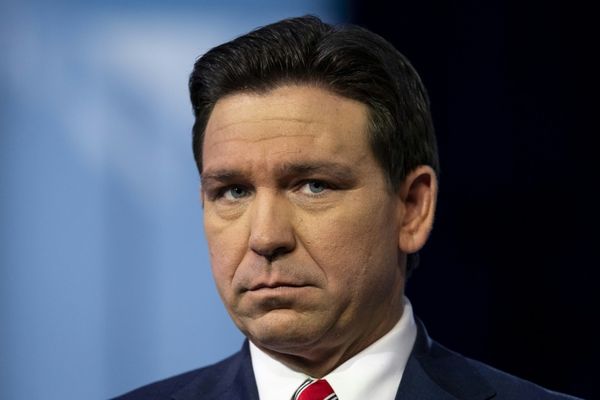
About 3.9m working days have been lost to industrial action in the past year, more than at any point since the 1980s, according to a new analysis.
The Resolution Foundation, which focuses its research on low- to middle-income households, said many of the strikes were “fuelled” by anger among public sector workers over real-terms pay declines, which amounted to an average cut of more than 9% since 2021, adjusted for inflation.
Recent industrial action has been concentrated in the public sector – where nurses, junior doctors and teachers have gone on strike – and the postal services and railways, both of which were part of the public sector before they were privatised.
Together, these publicly funded industries, which account for 69% of trade union membership in the UK, have been responsible for 96% of all days lost to strike action since 2021, according to the thinktank’s report.
On Friday junior doctors embarked on their fifth round of strikes, which could result in the total number of appointments cancelled owing to industrial action hitting 1m. Members of the UK’s biggest rail workers’ union also plan to stage fresh strikes on 26 August and 2 September. Meanwhile, teachers and school leaders in England voted last month to accept a 6.5% pay offer from September.
High inflation meant that average weekly pay for all workers was 4.1% lower in real terms in the three months to May than it was in the three months to May 2021, the report said.
For public sector workers, the hit was especially severe: real-terms pay fell by 9.2% – more than triple the decline seen in the private sector, of 2.9%. In health and social care, real-terms pay for public sector workers declined by 9.8%, compared with a 3% drop for private sector workers in the same industry.
Nye Cominetti, a senior economist at the Resolution Foundation, said the recent strikes by teachers and junior doctors “reflect the fact that real-terms public sector pay has fallen severely in the past few years, as well as the stress and difficult workplace conditions frequently reported by workers in these sectors”.
He added that the inflation-driven pay squeeze “should also be understood as part of a broader pattern of poor pay growth across both the public and private sectors, and falling pay satisfaction among public sector workers”.
In 2017, the year for which the most recent data was available, the proportion of public sector workers saying they were always or often “coming home exhausted” was 57%, compared with 48% of private sector workers.
The recent pay squeeze in the public sector appears to have contributed to a larger increase in vacancies, the Resolution Foundation said. Vacancies in the mainly public sector industries of health, education and public administration were 33% higher in March 2023 than in December 2019, compared with 23% higher across the rest of the economy.
The thinktank said this meant that pay and conditions in the public sector were unlikely to drift too far apart from those in the private sector, because otherwise it would become increasingly difficult for the public sector to attract workers.







